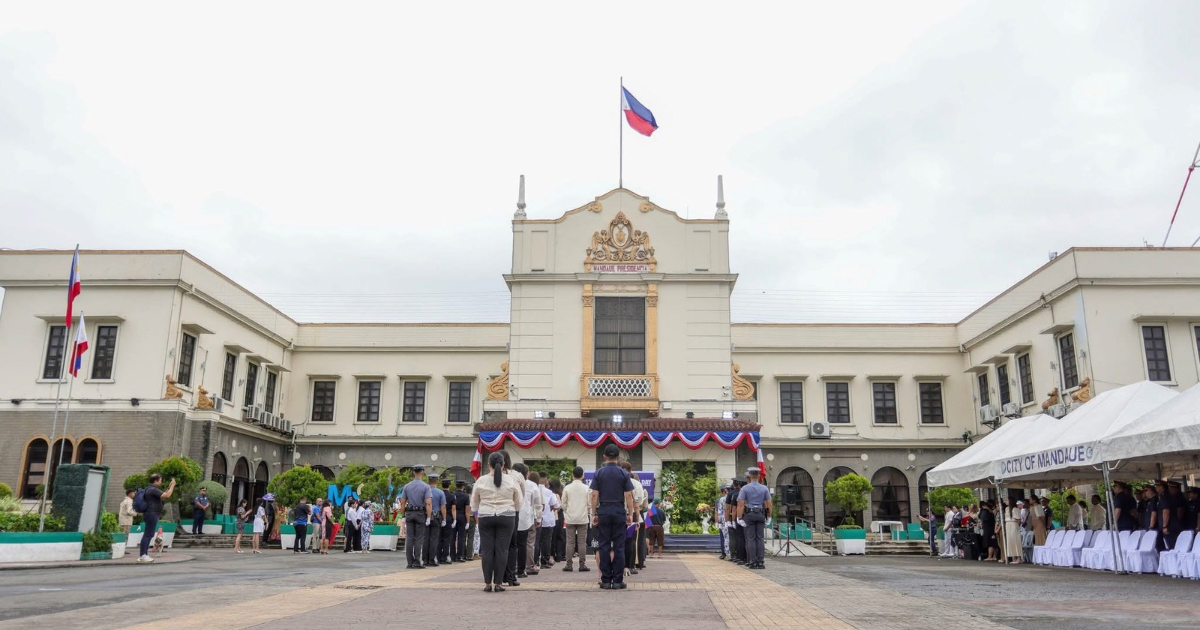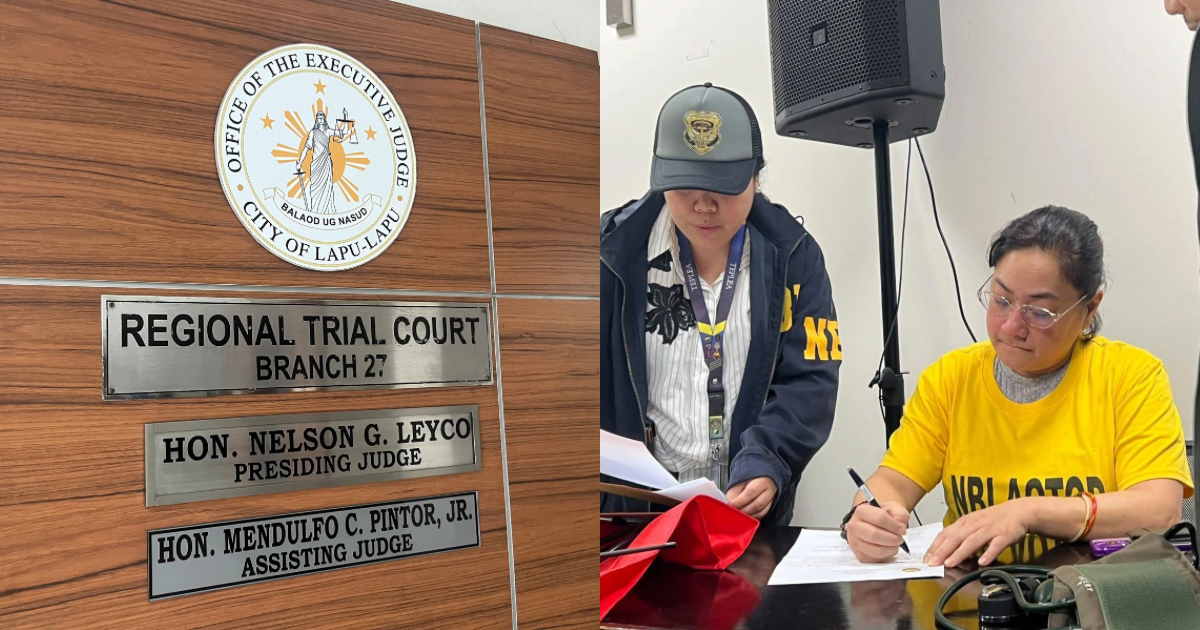The Philippines has retained its unenviable position as the world’s most disaster-prone nation, ranking first in the 2025 World Risk Index (WRI) out of 193 countries, according to the latest report released by Germany’s Bündnis Entwicklung Hilft and the United Nations University.
While the nation’s overall risk score stands at 46.56, the most alarming finding in this year’s flood-focused report is the Philippines’ explicit global first-place ranking in vulnerability to flooding. Experts assert that the persistent, top ranking is driven less by unavoidable geography and more by catastrophic institutional failures.
P255 Billion Projects Scrapped Due to Graft
The primary driver identified behind the nation’s extreme vulnerability is a pervasive crisis of corruption. The report’s contextual analysis highlights a recent, massive scandal that resulted in the forced removal of P255 billion (approximately $4.4 billion) worth of essential flood control projects from the proposed 2026 national budget, effectively zeroing out the structural mitigation allocation.
Political science experts quoted in the analysis directly linked the lack of protective infrastructure to the widespread misuse of funds, stating that these projects are “not being built because of corruption.” This finding indicates that graft is not merely a financial crime, but a direct mechanism amplifying the nation’s risk profile, guaranteeing higher disaster mortality and economic catastrophe.
Vulnerability Overwhelms Resilience
The WRI defines risk as the product of hazard exposure and societal vulnerability. While the Philippines ranks fourth globally in Hazard Exposure (39.99), its overall top position is fundamentally determined by its “Very High” Vulnerability Score of 54.2.
This significant gap confirms that technological advances, such as new Doppler radars and early warning systems, while necessary, are being negated by deep-seated structural and societal deficiencies. The physical capacity to manage crises is “critically strained,” reflecting chronic weaknesses in:
- Infrastructure: Aging, insufficient drainage systems and inadequate flood walls.
- Urban Planning: Unchecked, short-term development in low-lying, flood-prone terrain, including Metro Manila.
- Coping Capacity: The inability of social systems to handle immediate impacts effectively, scored at 58.54.
Path Forward: From Resilience to Reform
The report concludes that the solution requires an immediate pivot from relying on the cultural attribute of “Filipino resilience” to aggressive institutional reform. The strategic pathways outlined emphasize addressing the corruption nexus as the single most critical intervention.
Recommendations include:
- Mandatory Independent Auditing of all disaster-related projects with full public disclosure.
- Recapitalization and transparent, fast-tracked completion of the P255 billion worth of cancelled structural mitigation projects.
- Strict Climate-Informed Zoning to prevent further development in high-risk areas.
The analysis warns that until systemic governance failures are fixed and infrastructure integrity is restored, the nation’s top risk ranking and its staggering annual disaster losses, estimated at P177 billion will remain tragically cemented.











